For over 3,000 years, the people of ancient Egypt recorded their history, religion, and daily life using a writing system unlike any other: hieroglyphics. Known to the Egyptians as “the words of the gods”, hieroglyphics combined art and language into one, covering tomb walls, temple pillars, and papyrus scrolls. Today, they remain one of the most recognizable symbols of ancient civilization.
Hieroglyphics first appeared around 3100 BCE, during Egypt’s early dynastic period. Initially used for royal and religious purposes, the system expanded to include administration, trade, and literature. Over time, simpler scripts like hieratic and demotic were developed for everyday use, while hieroglyphics remained reserved for sacred inscriptions.
How Hieroglyphics Worked
Unlike modern alphabets, hieroglyphics were a combination of:
- Phonetic signs – representing sounds, similar to letters.
- Logograms – symbols representing entire words or ideas.
- Determinatives – signs placed at the end of words to clarify meaning.
Texts could be written in rows or columns, read from left to right or right to left — the direction was indicated by which way the symbols (often animals or people) faced.
Writing Materials and Contexts
Hieroglyphics appeared on:
- Tomb and temple walls – to ensure safe passage into the afterlife.
- Papyrus scrolls – for religious texts like the Book of the Dead.
- Statues and monuments – proclaiming royal achievements.
Scribes, highly trained and respected, were responsible for mastering the thousands of symbols needed to write effectively.
The Rosetta Stone and Decipherment
For centuries, hieroglyphics were a mystery until the discovery of the Rosetta Stone in 1799. Containing the same text in Greek, Demotic, and hieroglyphics, it allowed Jean-François Champollion in 1822 to finally crack the code and reveal the voices of ancient Egypt once more.
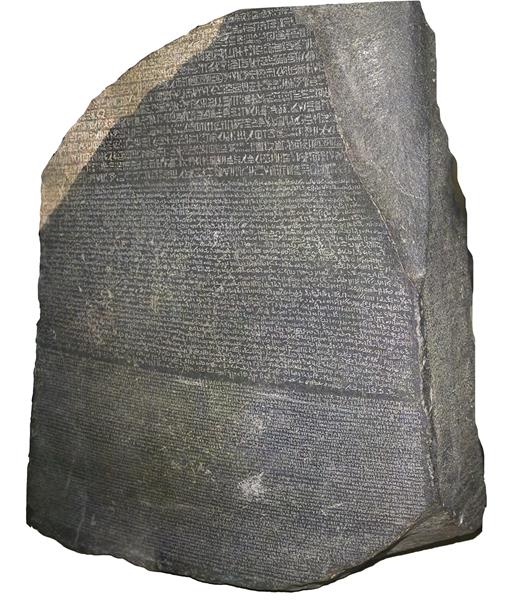
Legacy and Modern Fascination
Even after hieroglyphics fell out of use around the 4th century CE, their influence endured. Today, they remain a source of fascination for archaeologists, historians, and even popular culture — appearing in films, fashion, and art worldwide.
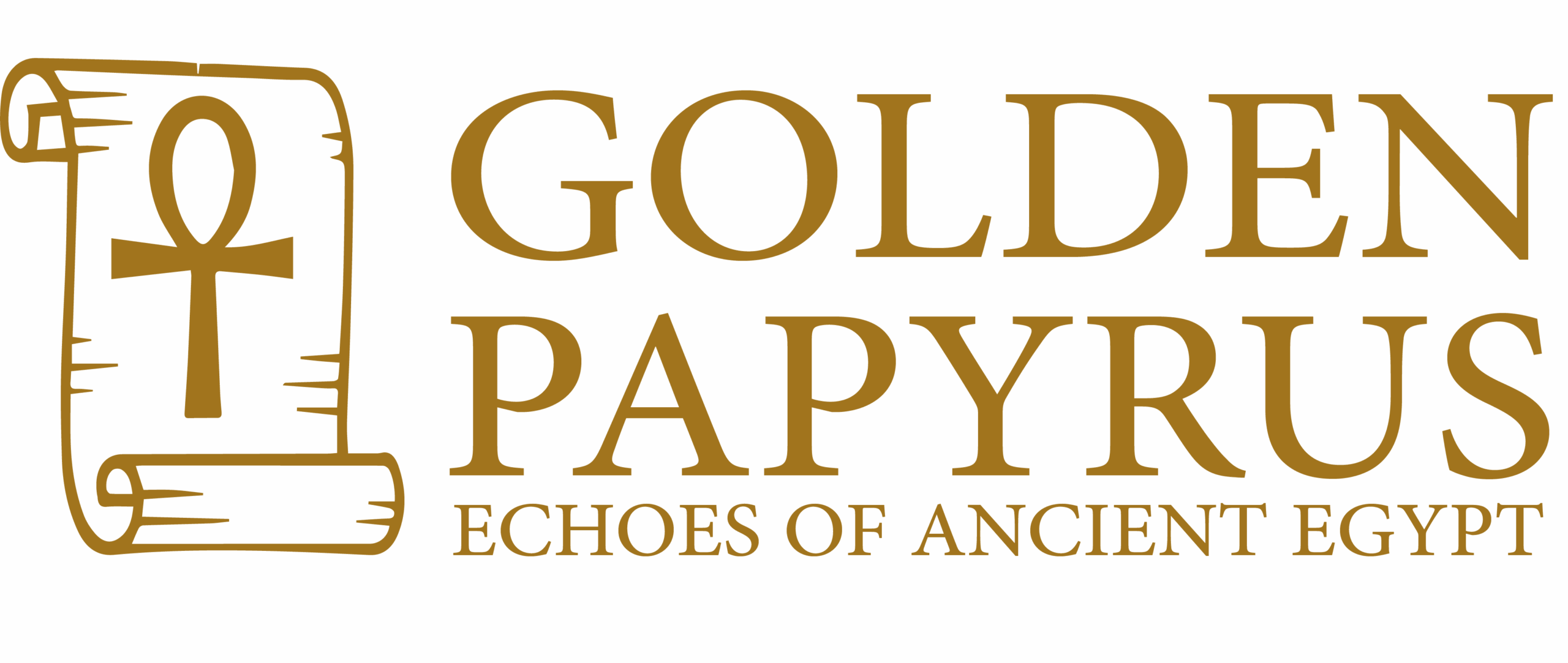

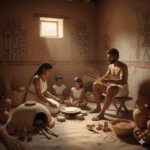
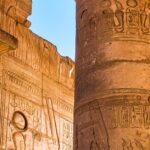
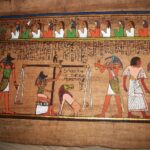
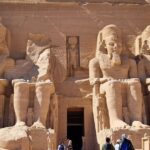

Leave a Reply